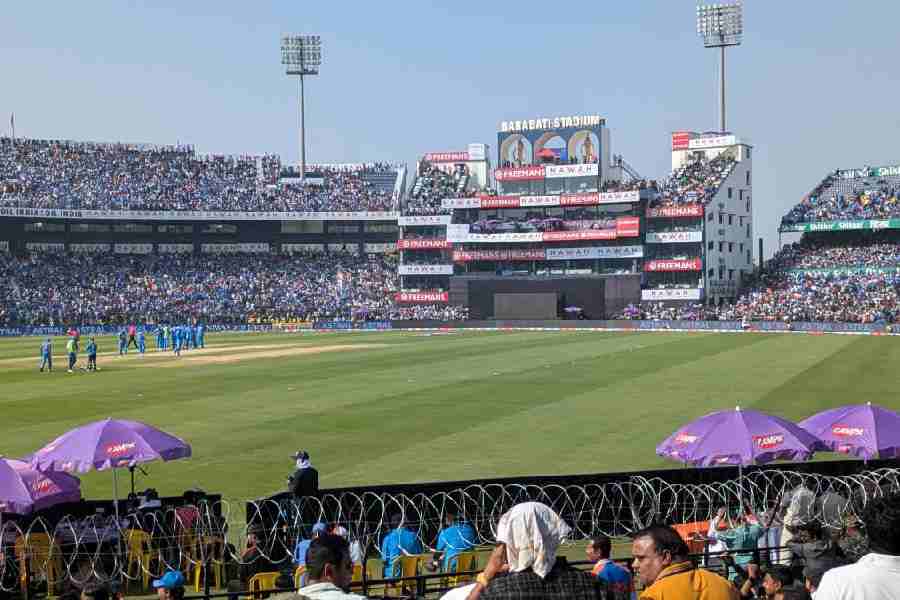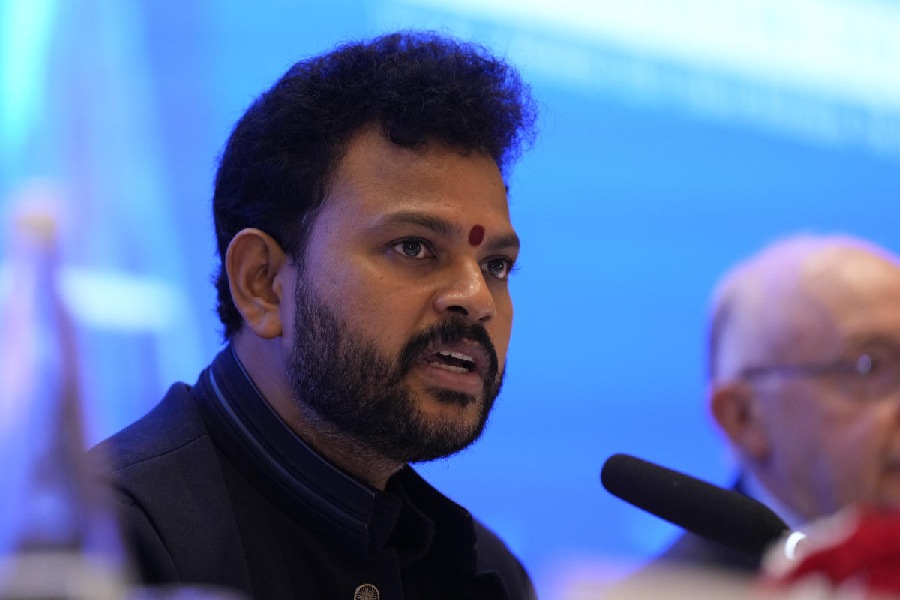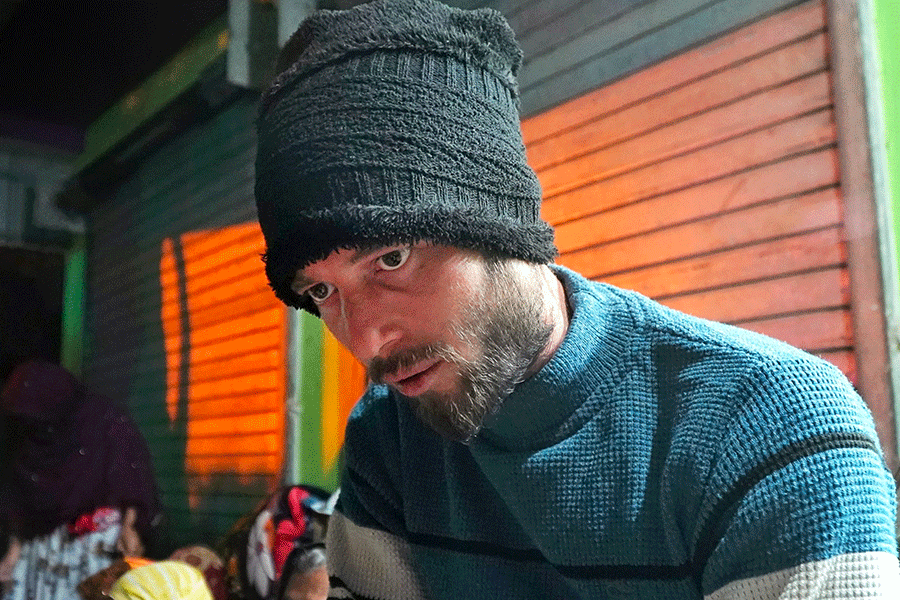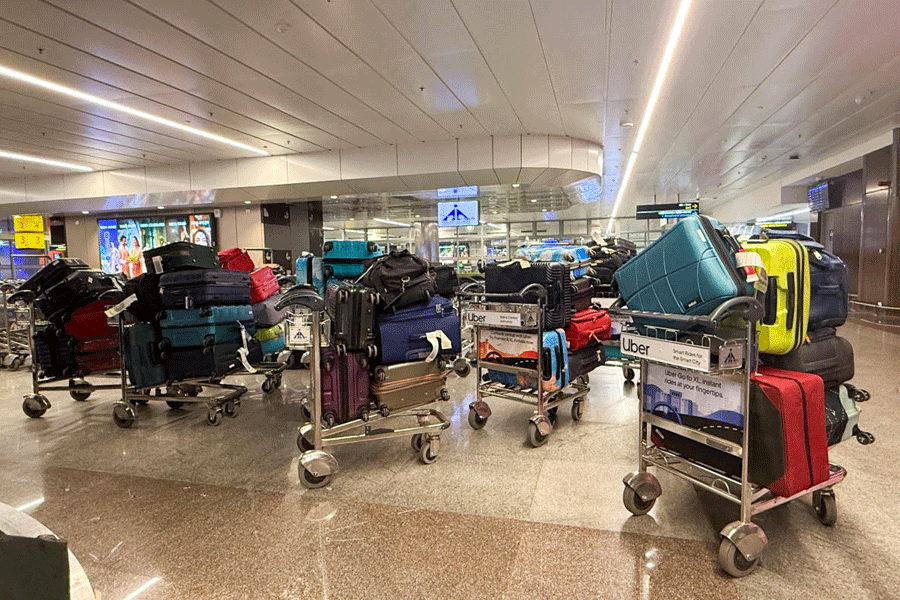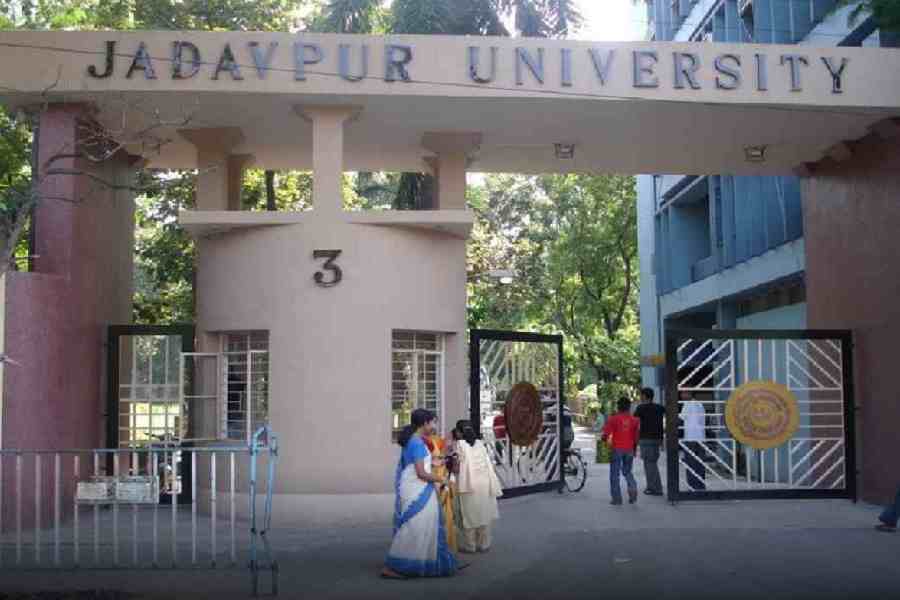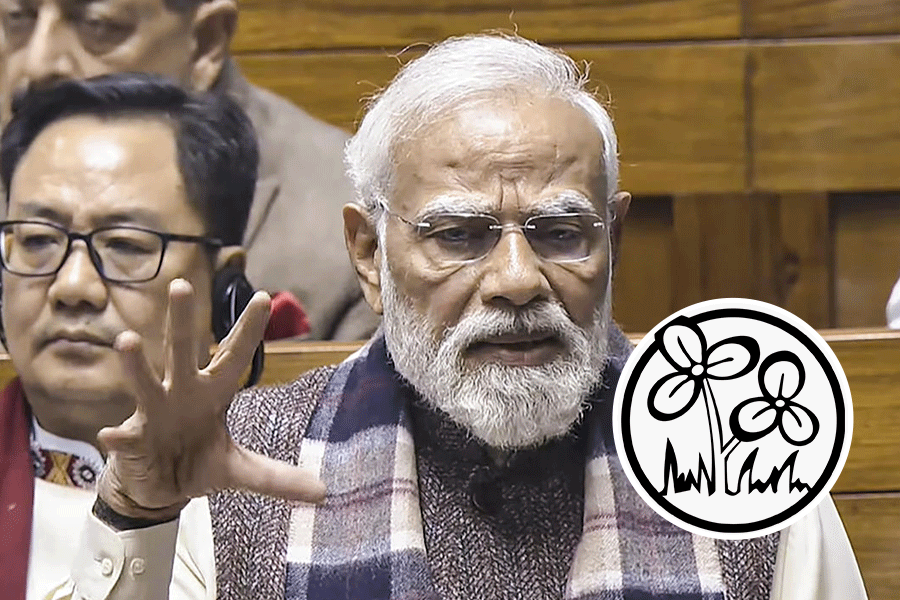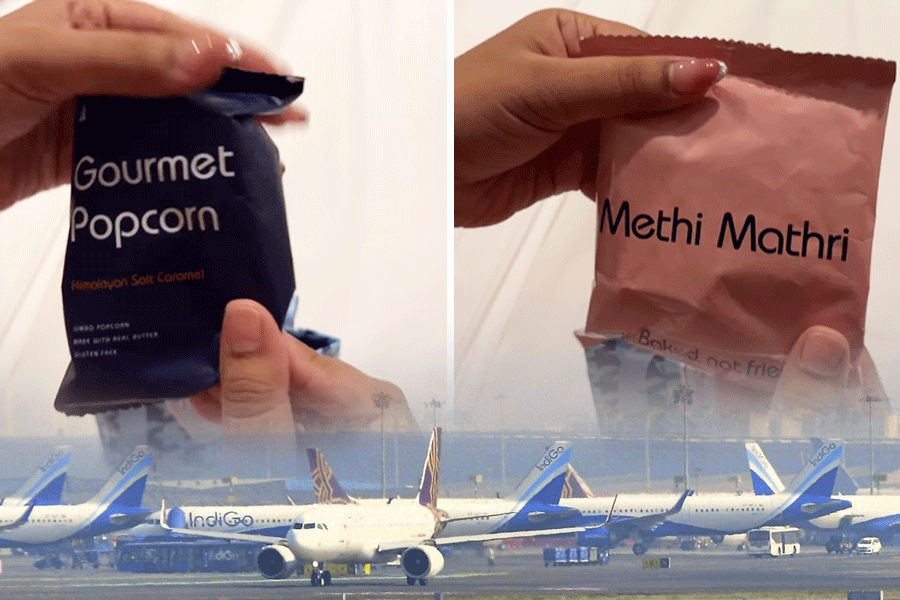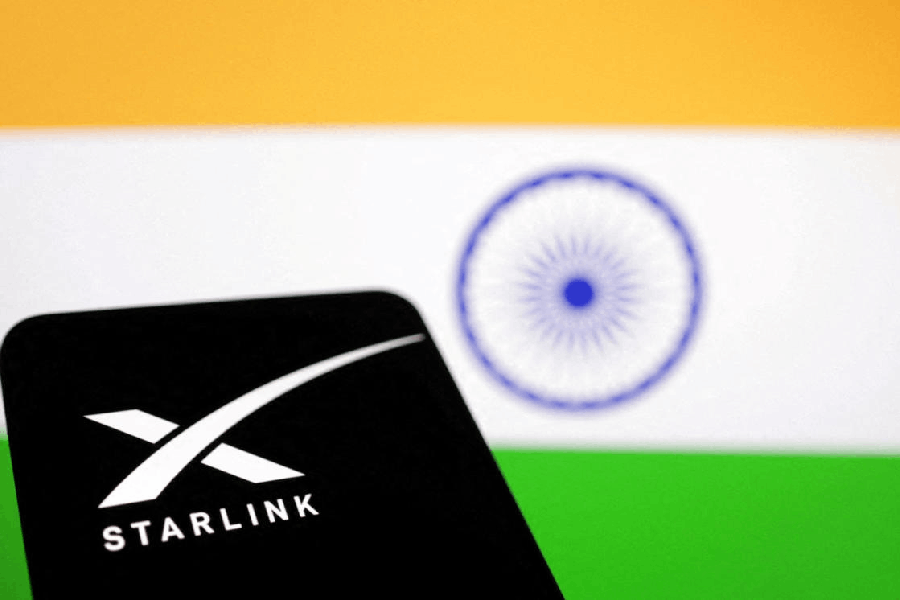On the banks of the Mahanadi, the Barabati stadium burst back to life on Sunday as the much-anticipated India-England ODI brought international cricket to Cuttack after five long years.
The historic venue, pulsating with energy, became a sea of tricolours, painted faces, and deafening cheers as fans welcomed their cricketing heroes to the second ODI of the series.
The match, being held after a gap of five years, drew an overwhelming crowd, causing the police to struggle to maintain law and order. Strict restrictions were enforced, with spectators barred from bringing any items into the stadium. The last international match here was between India and West Indies on December 22, 2019.
Since Sunday morning, long queues were visible outside the stadium. Giant screens had been installed nearby for those without tickets or passes, allowing them to catch the action.
Chief minister Mohan Majhi, his cabinet colleagues, and thousands of BJP supporters also attended the high-voltage match.
As this was the first international match under the BJP government in Odisha, many party supporters managed to secure passes. “It was a bit difficult to provide passes to genuine cricket enthusiasts as there was demand from both the party and the state government,” confided an official of the Odisha Cricket Association.
Fans painted their faces with the national flag and tattooed their bodies with names of cricket stars like Virat Kohli. Many reached the stadium early, cheering loudly as their favourite players scored runs. A dropped catch by India and England’s century momentarily dampened spirits, but the atmosphere remained electric. The crowd erupted with joy at Shubman Gill’s spectacular catch and continued to cheer Kohli from their gallery stands.
Eager to appear on live TV, spectators stood up and cheered enthusiastically whenever the cameras focused on them.
As the excitement peaked, an embarrassing moment briefly marred the event when the floodlights in one section of the ground suddenly stopped functioning.
Lights in one of the stands kept blinking erratically, dimming visibility on the field. The game was halted midway, with Rohit Sharma and Shubman Gill atthe crease.
Majhi and his cabinet colleagues looked visibly perturbed as efforts to restore the lights began on a war footing. Nearly 50,000 spectators sat in silence, waiting anxiously. After 28 minutes, the lights were restored, and the crowd erupted with chants of “Jai Jagannath,” bringing the match back to life.
The Barabati stadium, named after former chief minister, late Harekrushna Mahtab, spans 26.105 acres. The stadium’s construction began in 1950 with two galleries, which were later expanded. The first national wrestling event was held here in 1957, and it was designated a national stadium in 1958.
The Odisha Cricket Association, formed in 1949, uses the stadium on a lease basis. Barabati hosted its first ODI in 1982 between India and England. “After 42 years, India and England are meeting here again at Barabati. We are thrilled to witness this historic match. This is the sixth time these teams have played here,” said a veteran fan.
The first Test match at Barabati was held in 1987 between India and Sri Lanka, while the first T20 match took place in 2015 between India and South Africa.
To maintain law and order, nearly 60 platoons of police were deployed. However, the roads leading to the stadium were jammed from early morning.
The stadium had faced an alleged unofficial two-year ban on hosting international matches after crowd trouble during the 2015 T20 match against South Africa, where water bottles were hurled onto the field following India’s collapse to 92 runs. Learning from the past, authorities prohibited water bottles this time and enforced elaborate security measures.

